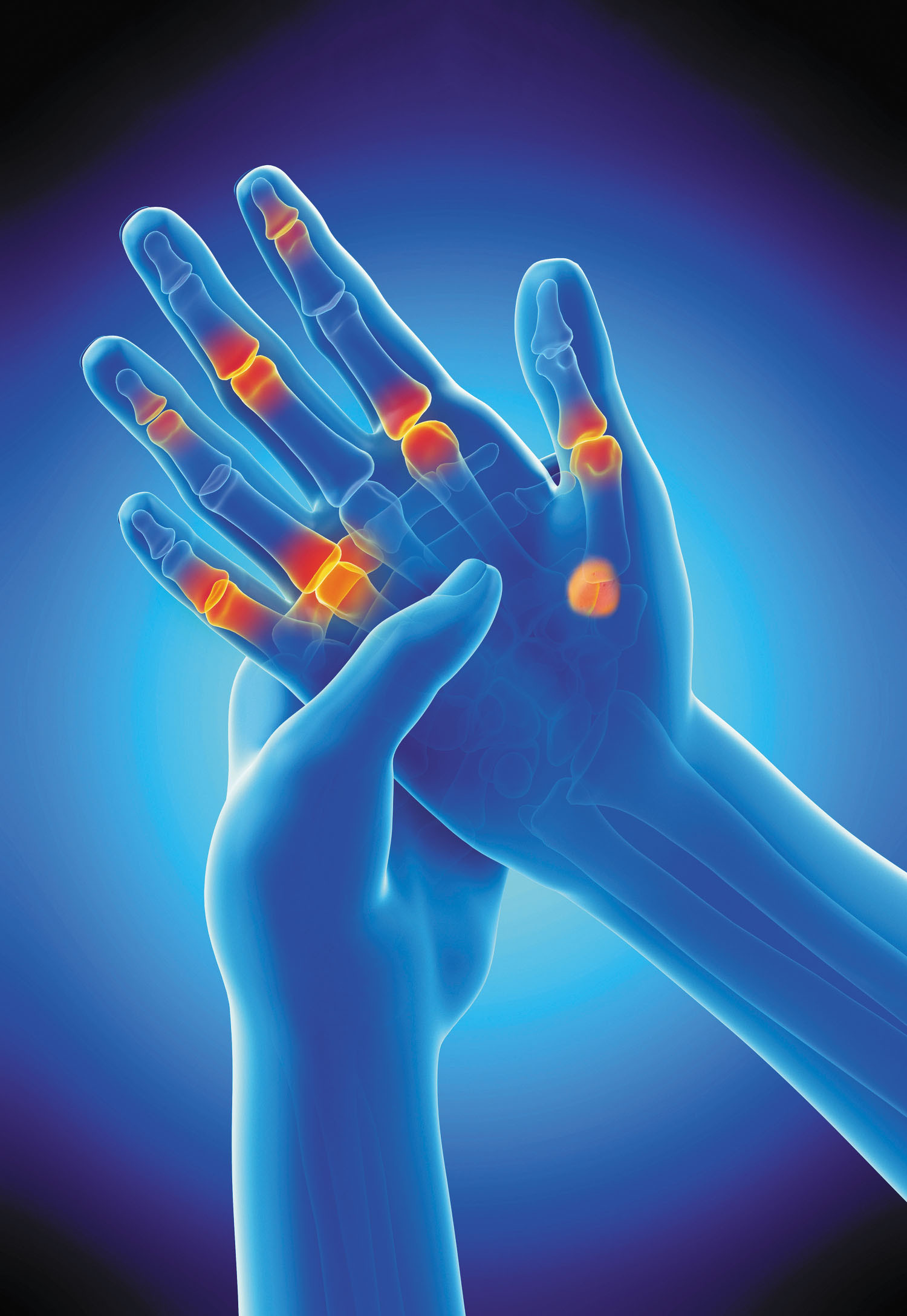
5 timeless habits for better health

What are the symptoms of prostate cancer?

Is your breakfast cereal healthy?

When pain signals an emergency: Symptoms you should never ignore

Does exercise give you energy?

Acupuncture for pain relief: How it works and what to expect

How to avoid jet lag: Tips for staying alert when you travel

Biofeedback therapy: How it works and how it can help relieve pain

Best vitamins and minerals for energy

Should you take probiotics with antibiotics?
Arthritis Archive
Articles
Does running cause arthritis?
It's easy to blame running when a person who runs regularly develops arthritis. But that blame may be misguided. Here's a look at the latest research on the topic.
Exercising with a flare-up of knee arthritis
Staying active when knee osteoarthritis flares helps the joint stay flexible. But activity should be modified to take pressure off the knee. That could mean walking instead of running, or playing pickleball instead of tennis. Other activities that are easy on the joint include riding a stationary bike, using an elliptical machine, practicing yoga, swimming, walking pain-free distances on flat terrain, doing upper body strength training, or core strengthening. Warming up before activity helps to loosen stiff knee joints.
The trouble with new drugs
After a drug is approved by the FDA, unexpected safety problems may be discovered. Depending on the level of concern, different safety warnings may be issued –– including a black box warning designed to call attention to serious or life-threatening side effects.
Identifying arthritis in your fingers and thumbs
Two main types of arthritis can affect the thumb and fingers. Osteoarthritis typically affects joints in the middle or end of the fingers or the base of the thumb. Rheumatoid arthritis more often affects the fingers' middle joints or the joints that connect the fingers to the hand. Medications can halt or slow the progression of rheumatoid arthritis. There aren't any drugs proven to halt or slow osteoarthritis. Using a splint or brace, using assistive devices (such as a shirt buttoner), and working with a certified hand therapist can help people cope with either type of arthritis.
Physical therapy as good as surgery for healing knee meniscal tears
A 2022 study found that physical therapy works as well as surgery for degenerative meniscal tears in the knee, an injury related to tissue aging that can lead to osteoarthritis. This approach offers an alternative for people concerned about surgery's costs and possible complications.
Treatments for rheumatoid arthritis may lower dementia risk
Inflammation is the hallmark of rheumatoid arthritis, and is also thought to play a role in the development of dementia. Could the inflammation-suppressing medicines for RA lower risk of dementia? Some research points in that direction, but more is needed.
Walking for exercise may prevent knee pain
People with knee osteoarthritis may prevent future knee pain and reduce joint damage by walking for exercise.
Hand pain from arthritis? This may help
The joint connecting the thumb and wrist is crucial in everyday activities like opening jars or grasping objects, but if osteoarthritis develops, treatment options are limited and don't always work well. A new study has demonstrated the effectiveness of occupational therapy for arthritis in this joint of the hand.
You don't say? Can your joints wear out?
Joints do not wear out from overuse. Osteoarthritis, the most common type of arthritis, occurs when the smooth cartilage that lines the joint deteriorates. This might occur because of an injury, age, family history, obesity, or a disease that causes joint inflammation.
What's that shoulder sound?
There's no one sound unique to a particular shoulder problem. That makes it hard to know what various shoulder noises are telling you. Possibilities include arthritis; bone breaks; rotator cuff tears; gas bubbles, loose parts, or bone spurs in the shoulder joint; neck problems; and bursitis. It's advisable to investigate shoulder noises if they happen, along with shoulder pain, weakness, or limited movement, or if the sound followed a shoulder injury. It's also smart (though not urgent) to ask a doctor about shoulder sounds that aren't accompanied by other symptoms.

5 timeless habits for better health

What are the symptoms of prostate cancer?

Is your breakfast cereal healthy?

When pain signals an emergency: Symptoms you should never ignore

Does exercise give you energy?

Acupuncture for pain relief: How it works and what to expect

How to avoid jet lag: Tips for staying alert when you travel

Biofeedback therapy: How it works and how it can help relieve pain

Best vitamins and minerals for energy

Should you take probiotics with antibiotics?
Free Healthbeat Signup
Get the latest in health news delivered to your inbox!
Sign Up











